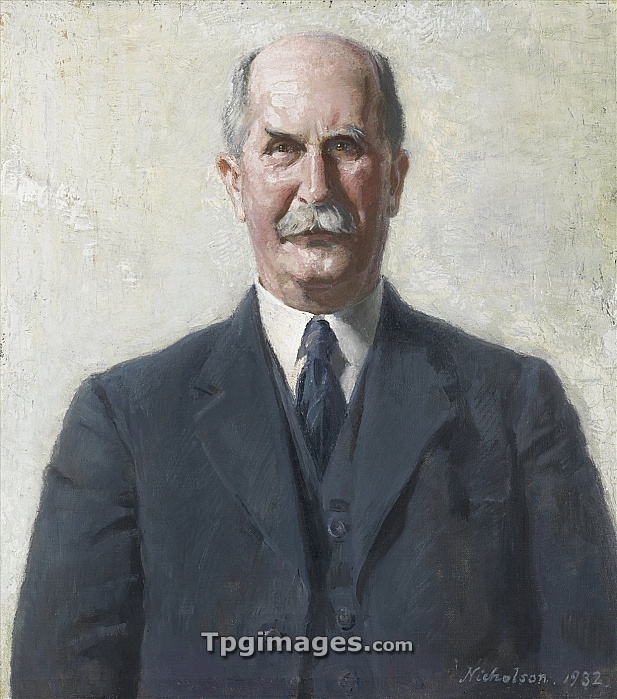
Sir William Henry Bragg (1862-1942), English physicist and Nobel Laureate. He was born in Cumberland but educated in Leicestershire and at Trinity College, Cambridge. In 1885 he was appointed professor of mathematics and physics at the University of Adelaide. In 1904 he gave a famous lecture on radioactivity, and in 1909 returned to Britain to take the post of professor of physics at Leeds. In 1913, he discovered that the impact of high-energy electrons on a heavy metal target produced both line and continuous X-ray spectra, characteristic of the target metal. With his son William Lawrence Bragg, he discovered that crystals diffract X-rays in a manner characteristic of their structure. This technique, called X-ray crystallography, is now a standard structural analysis tool. Bragg father and son uniquely shared a Nobel Prize for this work in 1915. Oil portrait by Nicholson.
| px | px | dpi | = | cm | x | cm | = | MB |
Details
Creative#:
TOP06662810
Source:
達志影像
Authorization Type:
RM
Release Information:
須由TPG 完整授權
Model Release:
NO
Property Release:
NO
Right to Privacy:
No
Same folder images:

 Loading
Loading